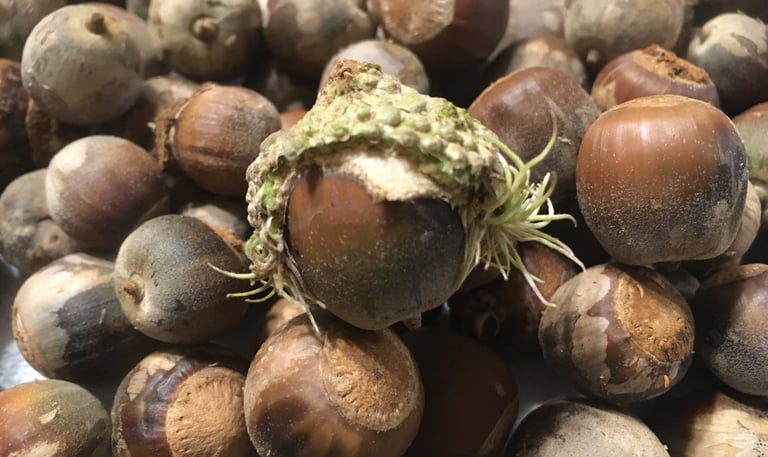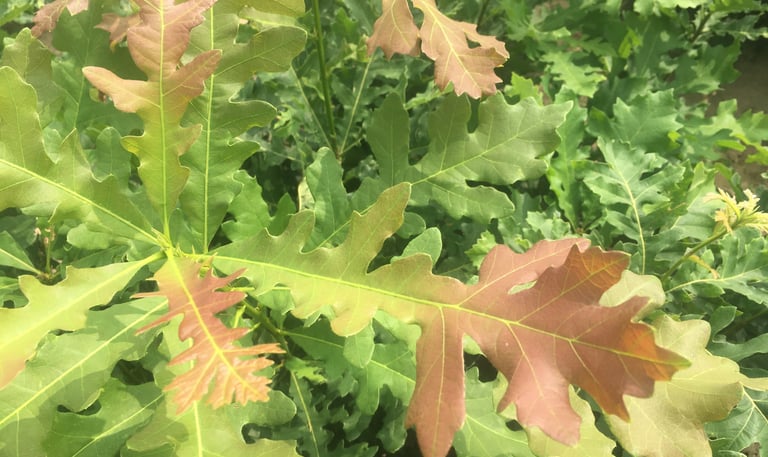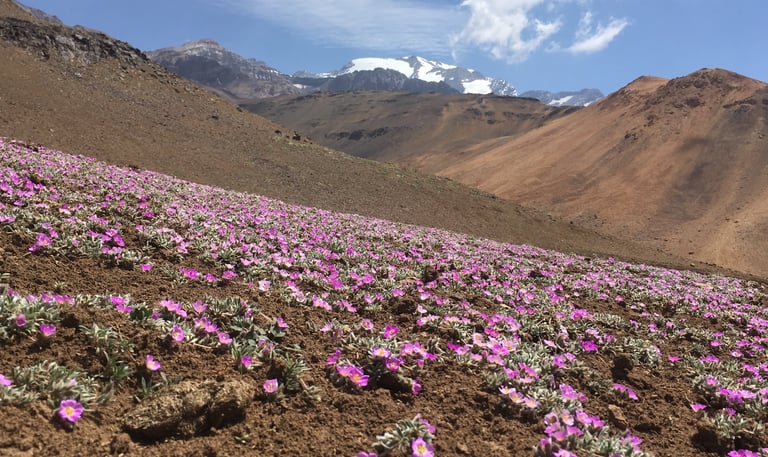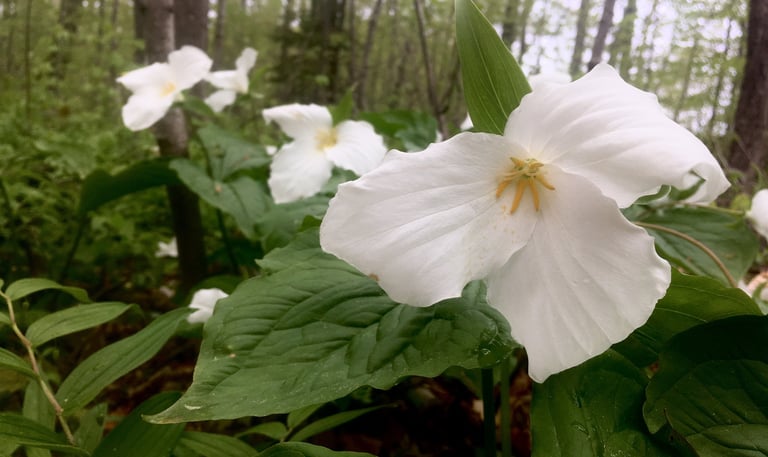Check out my projects!
Research
Here you’ll find short summaries of my first authored research papers. For a full list of research papers I have contributed to, you can visit my ORCID page.


Where should we source bur oak seeds?
Imagine if trees were like the ents in Lord of the Rings. Then, when threatened by stressors, like climate change for example, they could walk away from that stressful heat or drought or fire and head to cooler climates. Unfortunately, trees don’t have legs, so we need to research what will happen to them in the face of climate change. For my research, I used populations of bur oak (Quercus macrocarpa) seedlings collected from Minnesota, Illinois, and Oklahoma to study whether populations from the north will survive in warmer climates, and if the populations from the south were adapted to warmer climates and would be suitable to move northward to improve northern forests resilience to climate change. We found that the Oklahoma population survived the better than the other populations in the hottest climate, and survived about as well as the other populations in other climates. While trees cannot walk like the ents, we can help them move by using the Oklahoma population as seed source for assisted migration, given their adaptation to warmer climates, to help northern forests survive in the face of climate change. Click here for the link to this paper.


Can bur oaks evolve in response to climate change?
Moving may not be the only option for trees in the face of climate change, if trees can adapt traits that help them survive in the face of climate change. In this study, we considered whether bur oak populations from Minnesota, Illinois, and Oklahoma are able to adapt to climate change. We used mathematical methods called quantitative genetics based on relatedness among tree family members in our study to assess how likely these populations are to be able to change their traits (from one generation to the next) in response to climate change. We found that the Oklahoma population was likely to be able to adapt certain traits to climate change. It is important to note that these changes take time, as they occur not within individual trees, but by parents passing genes onto their offspring and those offspring surviving and passing those genes on to the next generation. Our study highlights the importance of maintaining genetic diversity in populations to give them the basis to be able to adapt to stressors such as climate change.


How do changes in elevation impact plant diversity in the Chilean Andes?
Have you ever climbed a mountain, and noticed that the plant life you see at the bottom, middle, and top are all very different? This question inspired my research study in the Chilean Andes, where I measured the changes in plant diversity as elevation increased up a mountainside. I counted the number of species and took measurements of the plants’ traits at five different elevations. Using this information, I was able to look at diversity through different lenses, like different camera filters, to put together a full picture of the plant communities to understand who was there (plant species), what they were doing (plant traits), and who they were related to (evolutionary relationships). We found that the diversity of plant species and plant traits was highest at middle elevations, but that there were fewer, more closely related plant species at higher elevations. By measuring soil nutrients, soil water, and soil temperature, we determined that this pattern is likely caused by stressful, low resource conditions at high and low elevations. Plant diversity thrived at mid-elevations because the hot, arid conditions of lower elevations were alleviated, allowing a diversity of plant species with different traits. As the elevation increased and temperatures became colder, the plant communities became restricted to fewer related species that had similar traits that could survive in the more stressful conditions. By looking at this question through different lenses of diversity, and combining that information with environmental conditions, we were able to build a holistic picture of the environmental and evolutionary filters that led to the patterns of plant diversity we can currently observe as we travel up the mountainside. Click here to for the link to this paper.
Other works
Here you can find links to other writing projects I've authored.


Journalism


Audio media
Environmental news stories I've contributed to Great Lakes Echo.
Once a hub for building cities, Muskegon could become one for taking them apart
Recycling your home: Can structural wood be reused for the same purpose?
Stay away from decay: Algae contains harmful bacteria, study says
Indiana man appeals sentence in $55 million biodiesel fraud case
News for Forest Service Employees
Forest Service Resource Assistant visit to Washington DC in Inside the Forest Service
